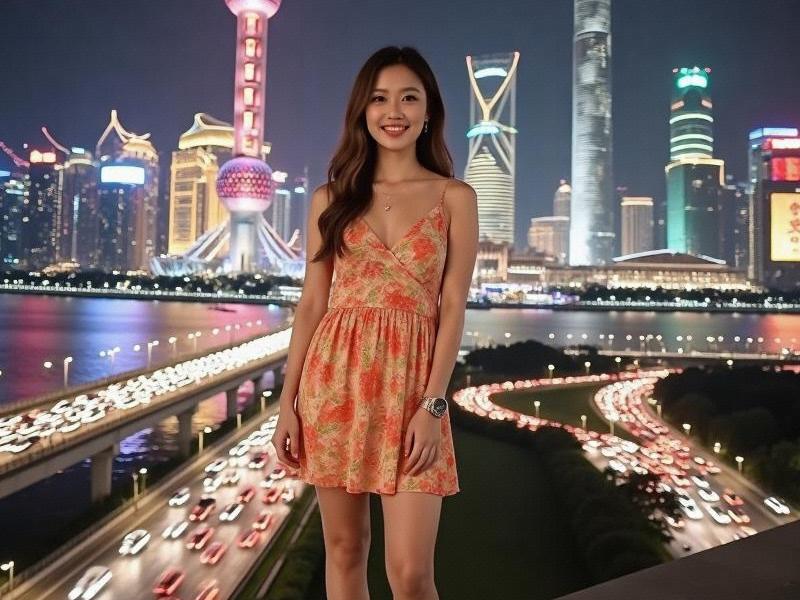
Section 1: Historical Foundations
- From colonial art societies to socialist realism (1843-1989)
- The "China Avant-Garde" movement's Shanghai connections (1990s)
- West Bund development as cultural catalyst (2010-present)
Section 2: Current Ecosystem
- Gallery density analysis: 48 major spaces in 2024 (200% growth since 2015)
- The "Shanghai Style" - defining characteristics of local contemporary works
- Artist collectives transforming former industrial zones
上海龙凤419自荐 Section 3: Institutional Powerhouses
- Power Station of Art's global exhibitions
- Long Museum's private collection influence
- UCCA Edge's innovative programming model
Section 4: Market Dynamics
- Art Basel Shanghai's economic impact (¥2.3B in 2024)
上海夜生活论坛 - Young collector demographics shift
- Digital art marketplace innovations
Section 5: Creative Neighborhoods
- M50's evolution from factories to studios
- Tianzifang's balance of tourism and authenticity
- Emerging hubs in Hongkou and Yangpu districts
上海品茶网 Section 6: Global Connections
- Shanghai artists in Venice Biennale
- Cross-border collaborations with Paris/NYC galleries
- Censorship challenges and creative responses
Conclusion:
As Shanghai positions itself at the intersection of Eastern and Western artistic traditions, its contemporary art scene offers both a mirror to China's rapid transformations and a window into global cultural futures - making the city perhaps the world's most compelling laboratory for 21st century artistic expression.
